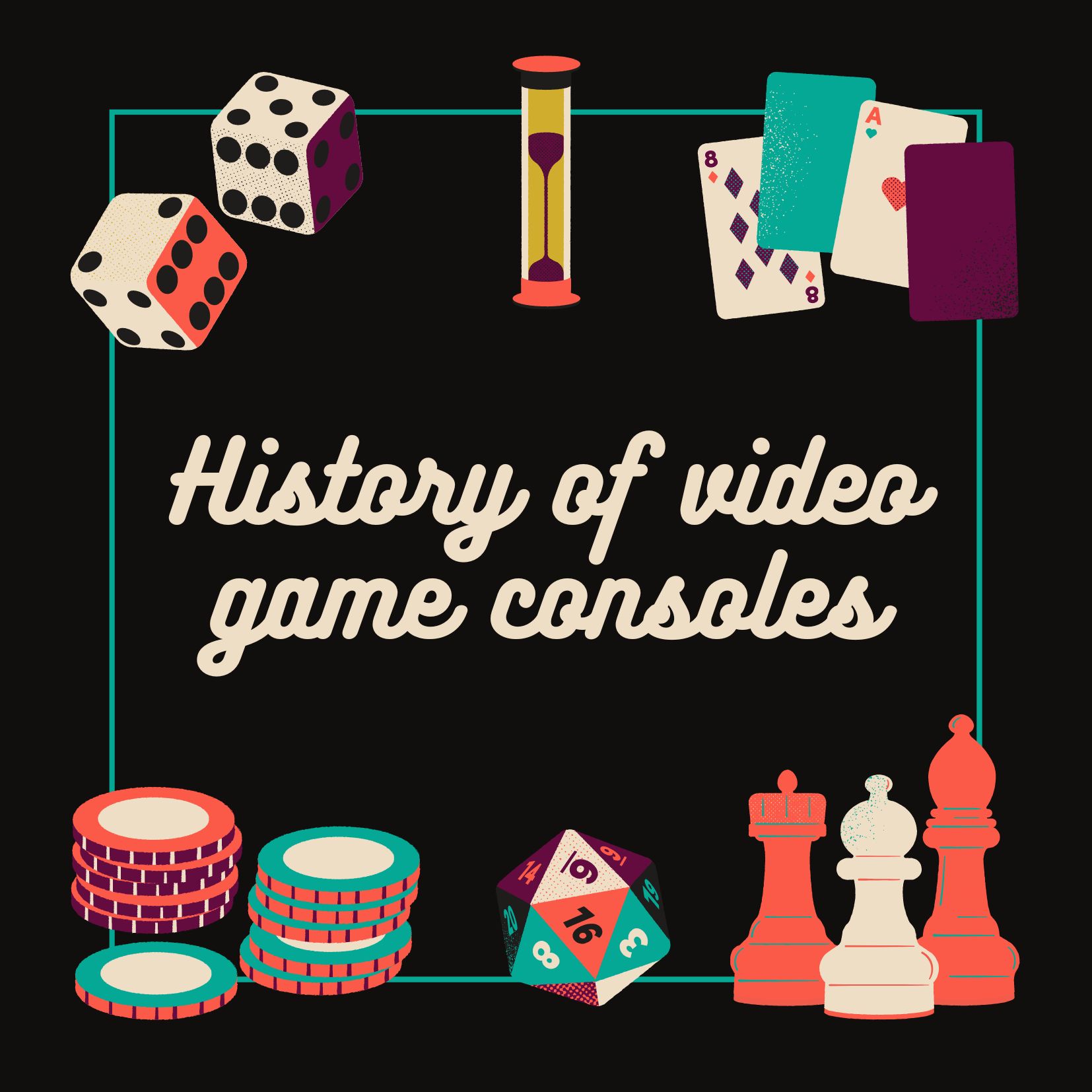The second-generation era of video games spanned from 1976 to 1992. This era is characterized by several path-breaking developments that took place at this time in the video gaming industry. These developments included computer and video games, video game consoles, and handheld video game consoles. Fairchild Channel F, Atari 2600, Intellivision, Odyssey 2, and Coleco-Vision are the notable second-generation consoles.
Throughout the second generation, these consoles dominated the market. Nevertheless, a few other consoles grabbed a sizable market share. One of these consoles was the 1978-released Odyssey 2 from Magnavox.
Then, Mattel produced the Intellivision video game console in 1980, another popular second-generation platform. Intellivision used a particular CPU with more varied and quick commands and registers.
In 1982, a few more powerful consoles, such as the Coleco-Vision and Atari 5200, were introduced. The Vectrex was also made available. Although it failed to find popularity on the market, it was unique because it came with a vector monitor displaying vector images.
The ROM limit in cartridges was also gradually increasing at the same time as these powerful second-generation consoles. ROMs in the Coleco-Vision expanded from 2KB in the Atari 2600 to 32KB thanks to a method called bank switching that allowed two distinct pieces of a program to share the same memory addresses.
Despite increasing ROM restrictions and cartridge capacities, RAM (memory) capabilities remained relatively limited due to the console’s hardware limitations.
Let us take a closer look at the top gaming consoles from the second generation of video gaming.
Atari 2600:
- In 1977, the Atari 2600 video game console was put on the market, originally known as the Atari VCS (Video Computing System). It is credited with popularising ROM cartridges and microprocessor hardware, even though the Fairchild Channel F console had previously used these innovations.
- In the second generation, the Atari 2600 enjoyed great success and dominated the market. In the 1980s, the term “Atari” came to represent video games in general. Even more so, in 2007, the Atari 2600 was admitted into the National Toy Hall of Fame.
- The console came with two joysticks and Combat on a cartridge and could be used for eight other games separately. Among its first prevalent games was Space Invaders, which debuted in 1980. It resulted in a sharp increase in Atari, Inc.’s sales. Following that, Pac-man was released in 1982 and quickly became the console’s biggest hit. Atari’s expansion was, however, its downfall during the 1983 video game crisis, which cost the company enormous sums of money. The creation of new console games ended and neglected the system for two years.
Intellivision:
- Mattel introduced the Intellivision video game console in 1979. In 2006, Mattel’s first and only console was the Intellivision.
- The Atari 2600’s monopoly on the market was seriously threatened when Intellivision first came out with its initial set of four games. It resulted from side-by-side commercials comparing the two gaming consoles and highlighted Intellivision’s superior visuals and sounds.
Coleco-Vision:
- Coleco Industries introduced the Coleco-Vision console in 1982. Twelve games were included when it originally came out, including a licensed version of Donkey Kong from Nintendo, which helped the platform gain popularity.
- Coleco-Vision was known for its ability to provide gaming experiences that were comparable to those found in arcades. The Coleco-Vision console also could build upon its existing hardware, and during its lifespan, it launched a variety of expansion modules.
- Coleco-Vision was a fierce rival in the second-generation market, but like the other consoles, it was severely damaged by the 1983 video game crash. The console was formally retired in 1985.
Conclusion
The success of the second-generation consoles is primarily due to their ability to offer arcade-quality games. In addition, they also brought in a few improvements over the first-generation consoles, such as more powerful hardware and more varied and quick commands. Nevertheless, the two biggest drawbacks that hindered their success were their limited amount of available games and their high prices. To overcome these problems, third-generation consoles were made available to consumers.








2 responses to “History Of Video Game Consoles (Second Generation)”
Does your blog have a contact page? I’m having trouble locating
it but, I’d like to send you an e-mail. I’ve got some ideas for your blog you might be interested in hearing.
The generation began in November 1976 with the release of the Fairchild Channel F. This was followed by the Atari 2600 in 1977, Magnavox Odyssey² in 1978, Intellivision in 1980 and then the Emerson Arcadia 2001, ColecoVision, Atari 5200, and Vectrex, all in 1982.